JCDecaux launches Digital Citylight screen roll- out in Sydney with 24 hour responsive campaign
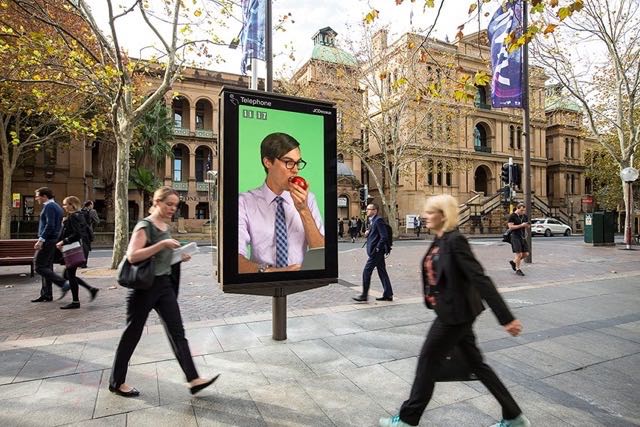 JCDecaux has today launched 84 inch Ultra HD Digital Citylight screens throughout Martin Place and some of the high pedestrian thoroughfares and precincts of Sydney’s CBD. This is phase one of a much wider scale transformation, with the company unveiling roll-out plans for over 100 panels in Sydney’s CBD and beyond.
JCDecaux has today launched 84 inch Ultra HD Digital Citylight screens throughout Martin Place and some of the high pedestrian thoroughfares and precincts of Sydney’s CBD. This is phase one of a much wider scale transformation, with the company unveiling roll-out plans for over 100 panels in Sydney’s CBD and beyond.
Bolstering JCDecaux’s dominance of Sydney’s savvy audiences, and metro locales, the new digital panels are part of JCDecaux’s ongoing commitment to enriching Australia’s urban environments.
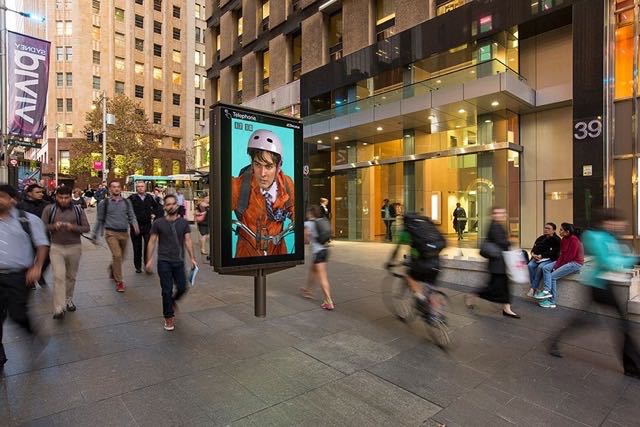 Says Steve O’Connor, chief executive officer, JCDecaux: “We are steadfast in our strategy to deliver to Sydney, Melbourne and Brisbane world-class street furniture infrastructure, and to the brands of Australia, unparalleled marketing solutions in the very best locations. At 84 inches, the screens are the largest of their kind in Australia.
Says Steve O’Connor, chief executive officer, JCDecaux: “We are steadfast in our strategy to deliver to Sydney, Melbourne and Brisbane world-class street furniture infrastructure, and to the brands of Australia, unparalleled marketing solutions in the very best locations. At 84 inches, the screens are the largest of their kind in Australia.
“As exciting as it is for 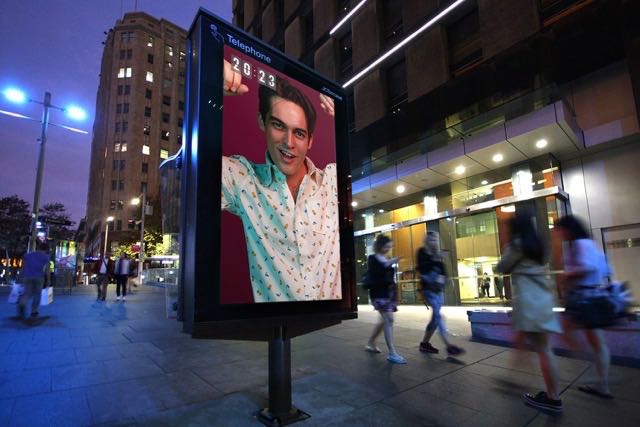 us to deliver such a big step forward in Sydney’s Outdoor market, it is an equal thrill to be able to offer so much potential for marketing companies to reach and engage with their audiences in new ways. The new Digital Citylights panels are a broadcast medium, a targeted medium and a dynamic medium capable of real-time responsive messaging. We can’t wait to see what marketers and
us to deliver such a big step forward in Sydney’s Outdoor market, it is an equal thrill to be able to offer so much potential for marketing companies to reach and engage with their audiences in new ways. The new Digital Citylights panels are a broadcast medium, a targeted medium and a dynamic medium capable of real-time responsive messaging. We can’t wait to see what marketers and 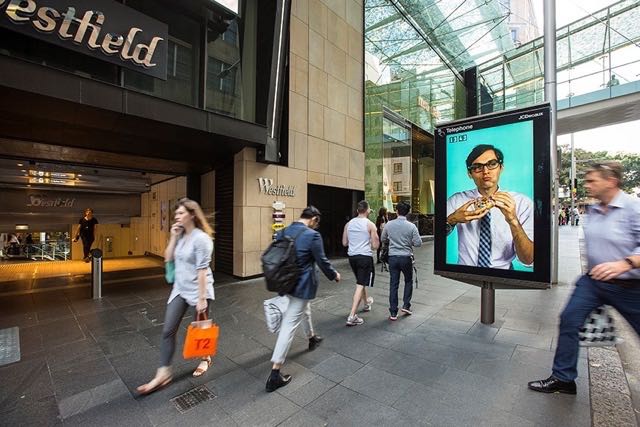 their agencies will do with these new capabilities.”
their agencies will do with these new capabilities.”
To inspire clients and showcase some of the abilities of the new screens, JCDecaux worked with creative team Alphabet Studio to tell a unique creative story of a-day-in-the-life of a Sydneysider across more than 5,700 images, evolving every 10 seconds.
Says Essie Wake, 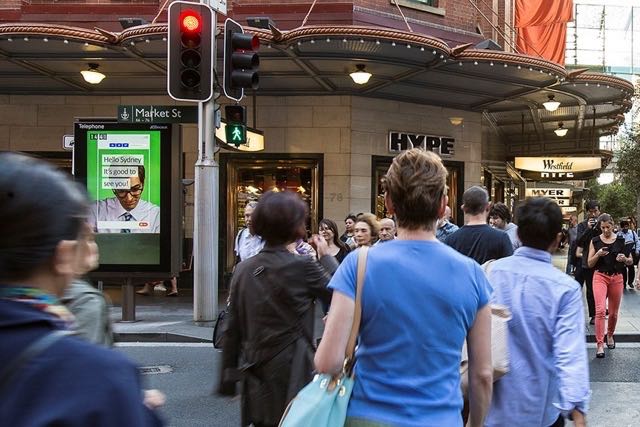 marketing director, JCDecaux: “It’s literally a 24 hour responsive content campaign. As Sydneysiders woke on Monday to see the first of our screens ‘switched on’, the network connects to a live data feed and a 24 hour clock begins ticking. The changing time of day then prompts a new image to display every ten seconds. So, as we become part of the City’s day, for 24 hours
marketing director, JCDecaux: “It’s literally a 24 hour responsive content campaign. As Sydneysiders woke on Monday to see the first of our screens ‘switched on’, the network connects to a live data feed and a 24 hour clock begins ticking. The changing time of day then prompts a new image to display every ten seconds. So, as we become part of the City’s day, for 24 hours 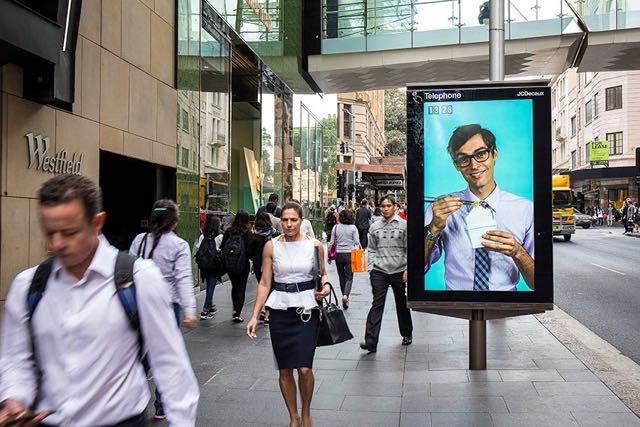 we told a familiar story – the day in the life of our audience. It was our way of saying ‘Hello’ Sydney”.
we told a familiar story – the day in the life of our audience. It was our way of saying ‘Hello’ Sydney”.
Alphabet Studio art director, Paul Clark, tells how A Day in the Life of Sydney was created: “The creative is essentially a 24hour stop motion animation, reflecting (as closely as possible) in real time the roll out of a typical day.
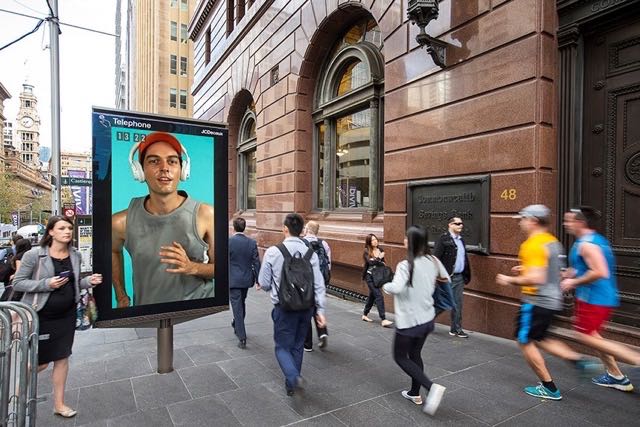 “By developing a character who actually lives in the JCDecaux Citylight network we had the opportunity to flex a bunch of creative muscles. Sydney gets to share the journey of his day – up close and personal. We watch him shave. He takes us to work on his bike. As the day comes to an end, he invites us on a date and we go dancing before retiring to bed for a dream filled evening.”
“By developing a character who actually lives in the JCDecaux Citylight network we had the opportunity to flex a bunch of creative muscles. Sydney gets to share the journey of his day – up close and personal. We watch him shave. He takes us to work on his bike. As the day comes to an end, he invites us on a date and we go dancing before retiring to bed for a dream filled evening.”
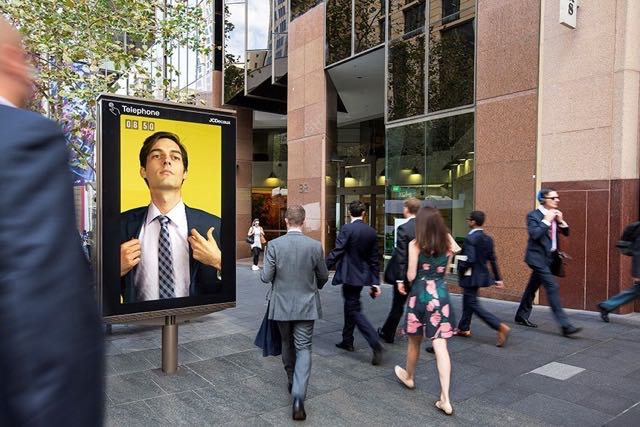 JCDecaux is hoping that advertisers will start to explore and push new creative opportunities. ‘Dynamic by Default’ is its goal, and with the network underpinned by rich audience and location intelligence as well as next-level content management software, the scope for smarter geo-targeted, responsive integration within campaigns is enormous.
JCDecaux is hoping that advertisers will start to explore and push new creative opportunities. ‘Dynamic by Default’ is its goal, and with the network underpinned by rich audience and location intelligence as well as next-level content management software, the scope for smarter geo-targeted, responsive integration within campaigns is enormous.
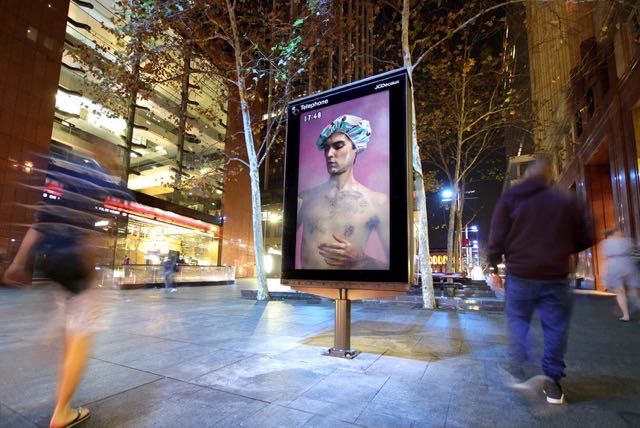 Says Max Eburne, general manager, sales and marketing, JCDecaux: “Market feedback has been exceptional, the implementation of a digital platform in Sydney adds a whole new dimension to the JCDecaux offer. Our partners will benefit from greater campaign impact, as we combine the prime locations and inner city dominance of JCDecaux’s network with a format capable of
Says Max Eburne, general manager, sales and marketing, JCDecaux: “Market feedback has been exceptional, the implementation of a digital platform in Sydney adds a whole new dimension to the JCDecaux offer. Our partners will benefit from greater campaign impact, as we combine the prime locations and inner city dominance of JCDecaux’s network with a format capable of 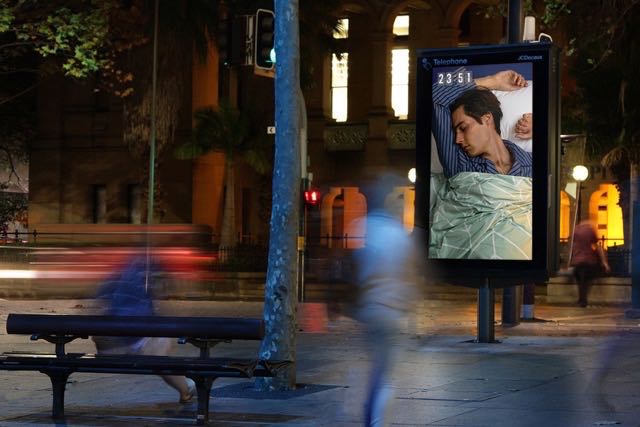 dynamic messaging and greater contextual relevance.”
dynamic messaging and greater contextual relevance.”
Client: JCDecaux
Marketing Director: Essie Wake
Agency: Alphabet Studio
Art directors: Tim Kliendienst and Paul Clark
Talent: Elias Brown
Photographer: Michael Corridore
Producer: Kate Forster
Assistant: Kyle Ford
Operator: Alex Reznick
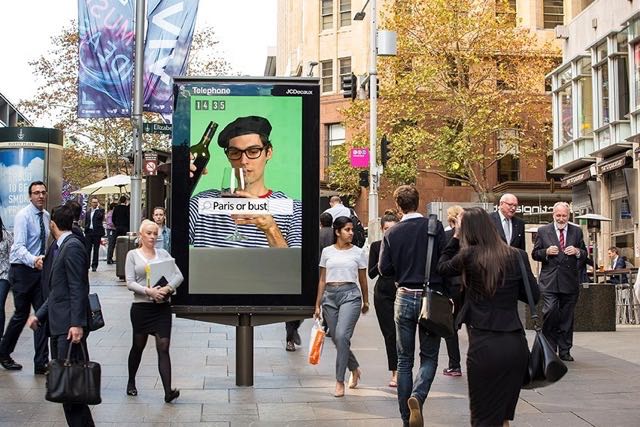 Stylist: Jo Ayling
Stylist: Jo Ayling
Hair and makeup: Gavin Anesbury

1 Comment
Did the writers from Utopia pen this line… ‘world-class street furniture infrastructure’. Not a street-dining table, street-lounge, or even a street-coffee table in sight. Rather, these seem just to be big, connected advertising screens, smack bang in the middle of busy footpaths. “Enriching Australia’s urban environments”? More likely “Endangering Australia’s urban pedestrians” given we are all now staring down at our phones as we scuttle around the city. So ok, there’s an positive angle.